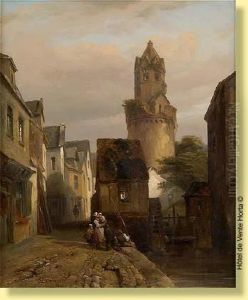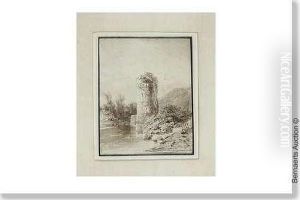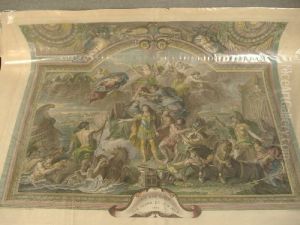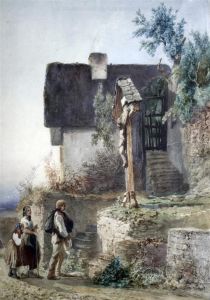Gustave Adolphe Simonau Paintings
Gustave Adolphe Simonau was a Belgian artist known primarily for his work as a lithographer and painter. Born in Brussels on May 29, 1806, Simonau grew up in a period of significant political and social change, which was reflected in the burgeoning art movements throughout Europe. His early years and artistic training took place against the backdrop of the Romantic movement, which influenced his style and subject matter.
Simonau began his artistic education at the Academy of Fine Arts in Brussels, where he honed his skills in drawing and painting. His talent was recognized early on, and he quickly established himself in the artistic circles of his hometown. His works included both lithographs and oil paintings, and he was particularly known for his detailed and evocative landscapes, as well as his ability to capture the human figure with sensitivity and depth.
Throughout his career, Simonau exhibited his works in various salons and galleries, earning accolades for his technical skill and artistic vision. Although he was primarily known for his lithographs, Simonau's oil paintings also garnered attention, displaying a mastery of light and color that was admired by his contemporaries.
Simonau's contributions to Belgian art were significant, and he played a role in the development of the country's artistic identity during the 19th century. His works are characterized by a blend of realism and romanticism, capturing the spirit of the times while also showcasing his unique personal style. Despite his success, Simonau remained deeply connected to his Belgian roots, and his works often reflected the landscapes and people of his homeland.
Gustave Adolphe Simonau passed away on May 17, 1886, in Ixelles, a suburb of Brussels. His legacy lives on through his works, which continue to be appreciated for their beauty and historical value. Although not as widely known as some of his contemporaries, Simonau's contributions to the world of art are recognized by art historians and collectors, and his works can be found in museum collections and private holdings around the world.
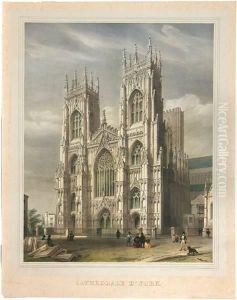
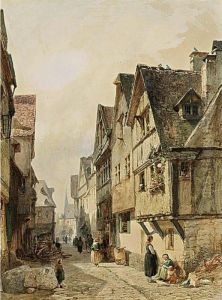
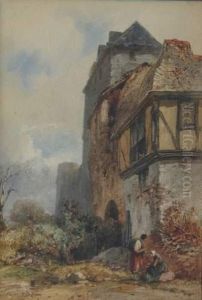
![[paysage Anime]](https://www.niceartgallery.com/imgs/995054/s/gustave-adolphe-simonau-paysage-anime-f90c3511.jpg)
